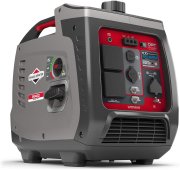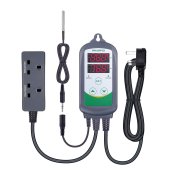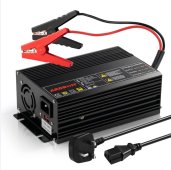fran apple lady
New Member
Hello everyone,
I am hoping that someone might be able to help me learn what cable I need to buy and if what I think I can do is actually safe and a thing.
I have a Briggs and Stratton petrol inverter generator P2400
I have a Renogy 1000w sine wave inverter that is running with x 3 100w solar panels and an MPPT? I think charge controller.
The sine wave inverter has an AC input that looks like a plug in socket that you get on a kettle or an X box type of device (the red and black battery input is on the other end of it)
And Renogy blurb seems to be saying that this is an AC input that allows users to plug in direct AC to go through the inverter on low sun days and power up the battery and the fridge simultaneously.
What they do not do is provide a cable to do this, or say what size or type of cable I need to buy in order to do this.
I have spent three hours this morning searching the internet for AC input cables and only found links to single black and red cables like the sort that go from the inverter to the battery.
I have also looked all over the Renogy blog and found nothing.
So I thought I would try and find some experts who know more than I know, which is a pretty low bar.
I hope you can help me, thank you for reading. Fran
I am hoping that someone might be able to help me learn what cable I need to buy and if what I think I can do is actually safe and a thing.
I have a Briggs and Stratton petrol inverter generator P2400
I have a Renogy 1000w sine wave inverter that is running with x 3 100w solar panels and an MPPT? I think charge controller.
The sine wave inverter has an AC input that looks like a plug in socket that you get on a kettle or an X box type of device (the red and black battery input is on the other end of it)
And Renogy blurb seems to be saying that this is an AC input that allows users to plug in direct AC to go through the inverter on low sun days and power up the battery and the fridge simultaneously.
What they do not do is provide a cable to do this, or say what size or type of cable I need to buy in order to do this.
I have spent three hours this morning searching the internet for AC input cables and only found links to single black and red cables like the sort that go from the inverter to the battery.
I have also looked all over the Renogy blog and found nothing.
So I thought I would try and find some experts who know more than I know, which is a pretty low bar.
I hope you can help me, thank you for reading. Fran






